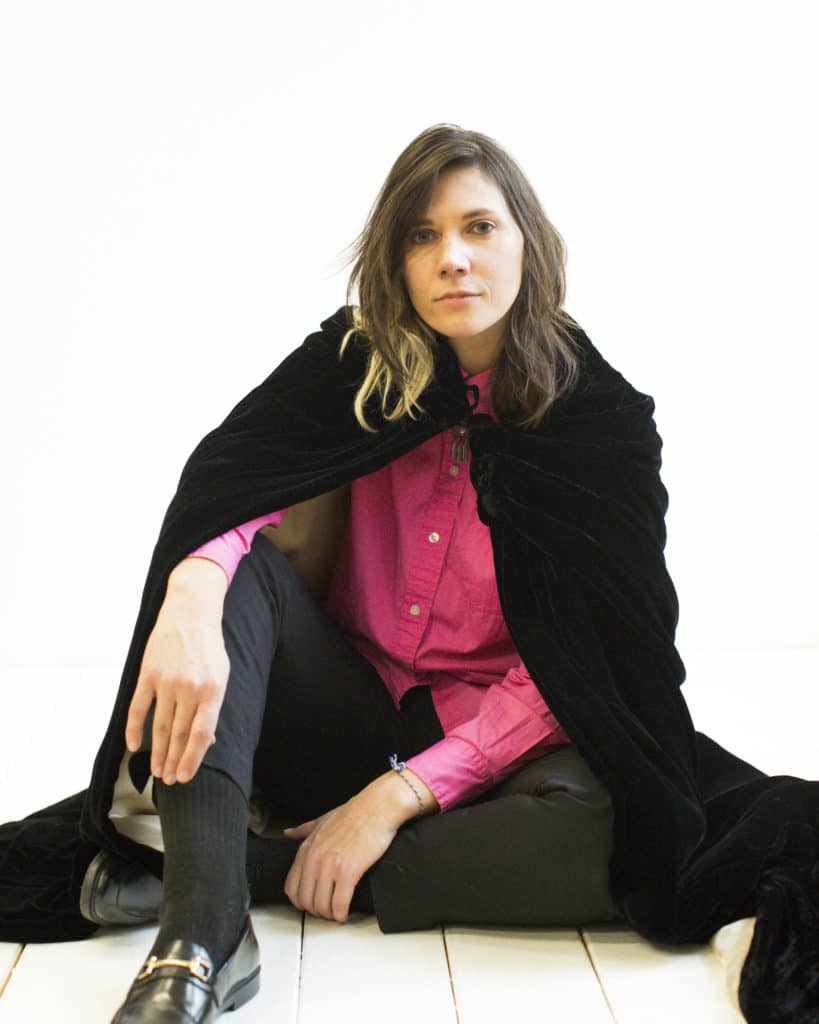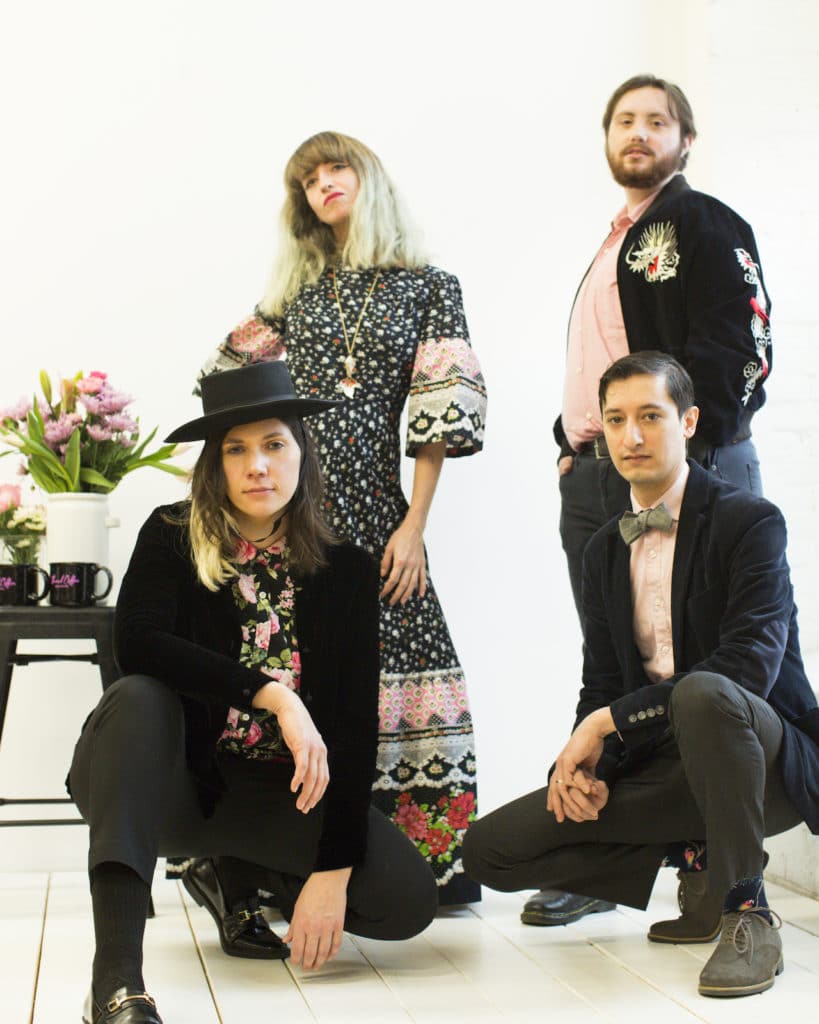No products in the cart
Pangoa is a cooperative, comprised of 920 members, in the central Amazon region of Peru. Esperanza Dionisio, Pangoa’s general manager, and several other members of the cooperative’s administration took us up into the mountains for community visits, as well as project and production updates.Pangoa is a cooperative, comprised of 920 members, in the central Amazon region of Peru. Esperanza Dionisio, Pangoa’s general manager, and several other members of the cooperative’s administration took us up into the mountains for community visits, as well as project and production updates.
 Esperanza Dionisio talking about coffee varietals
Esperanza Dionisio talking about coffee varietals
As we drove up Esperanza told us that climate change had noticeable affects on the coffee. It is moving up the mountain, to cooler areas, and the harvest season is shortening. The migration of the coffee further up the mountain makes it much harder for producers to bring the coffee down for sale. The temperatures were unusually high for late September, and this combined with rain would be prime conditions for Roya to grow and spread.
A coffee plant’s leaf afflicted by RoyaA coffee plant sprayed with a copper solution to combat the roya


A leaf affected by roya, and a coffee plant sprayed with a copper solution to combat roya.
Roya, also known as coffee rust, is a fungus that damages the plant’s leaves, stunts the growth of coffee cherries, and has the potential to kill the plant. Some new coffee varieties are being introduced that are though to be resistant to the Roya. Popular advice is to cut down Caturra plants, a varietal popular for its flavor profile and quality, as it is supposedly one of the varietals most susceptible to Roya. However, much of Pangoa’s Caturra is very healthy.
Bernadino Wamadi has had a lot of success managing the roya.


Bernandino Wamadi and his Caturra nursery.
Bernandino and Christina Wamadi started out purchasing 2 hectares of land, and in 6 years have grown to 19 hectares. Their farm is one that has been identified for a microlot experiment. There are about 30 farmers that the cooperative has identified as having high scoring coffee that will be set aside to produce a special higher quality coffee that would be sold at a higher price. Pangoa is encouraging these 30 farmers to do these micro lots to show that there is an incentive to improving quality and staying to renovate the land. The cooperative hopes that all their producers will transition to practices that produce higher quality coffee, they are not interested in replicating the divisive results microlots often have in communities.
Many of Pangoas members have been very discouraged by the roya. None have sold their land, but many have had to take temporary work elsewhere to pay back debts. Diversifying the fields with other crops is good for the coffee and provides supplementary income. However, none of the supplementary crops have values that allow them to stand in for coffee as a primary source of income. 15% of Pangoa’s members are over-indebted with no way to pay back their debts. 35% have manageable debt. The rest are in good positions with their debt, with some only having minor credit with the co-op itself. What was once a normal amount of credit became astronomical for many farmers when yields dropped significantly due to the roya. Producers who did not leave were able to do the necessary renovations to their land and plants, resulting in better yields the next season. This is a catch-22 for those who had to find other work.
Fernando Galdez is part of committee 2, located in Queimotare. His farm is at about 950m, a relatively low altitude, for coffee. His coffee crop is mostly pache, a varietal that does better at lower altitudes than most. It is also not too susceptible to roya, though at lower altitudes insects are a bigger problem than at high altitudes.

Fernando Waldez with some of his Pache coffee plants.
Esperanza has hope for farms like Fernando’s to be the future for Pangoa. If they can find a coffee that does well at lower altitudes but can resist the roya without sacrificing cupping quality or its ability to hold up in storage more farmer’s can live closer to the town. Many of the producers’ children live in town so they can attend school, only making the long walk up to the land to see their family on the weekends. If producers live closer to Pangoa they would be able to see their children more often. Additionally, the expense and difficulty of getting the coffee to the cooperative’s warehouse would be greatly reduced.








